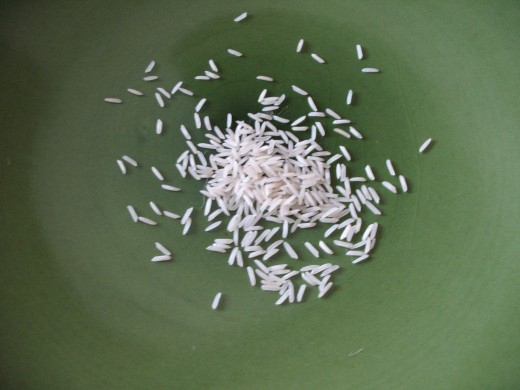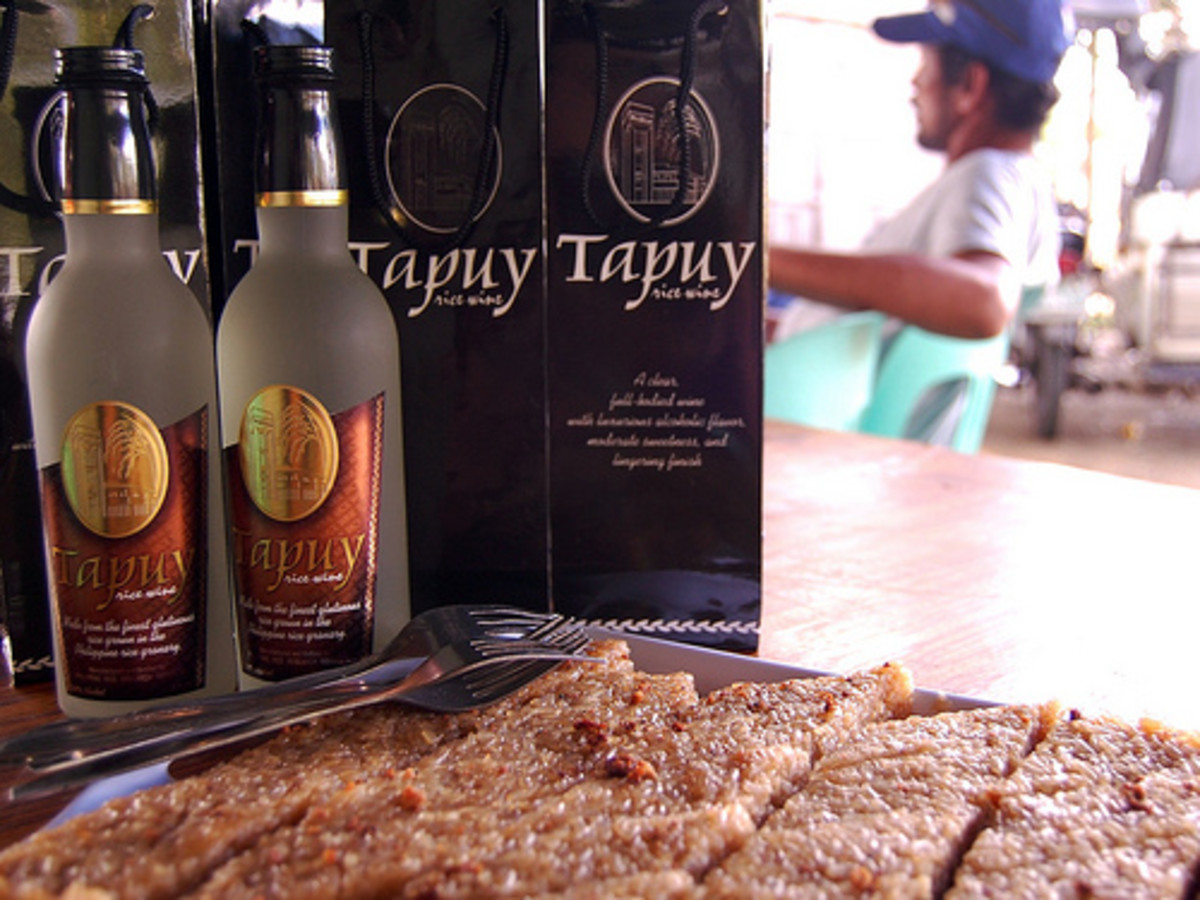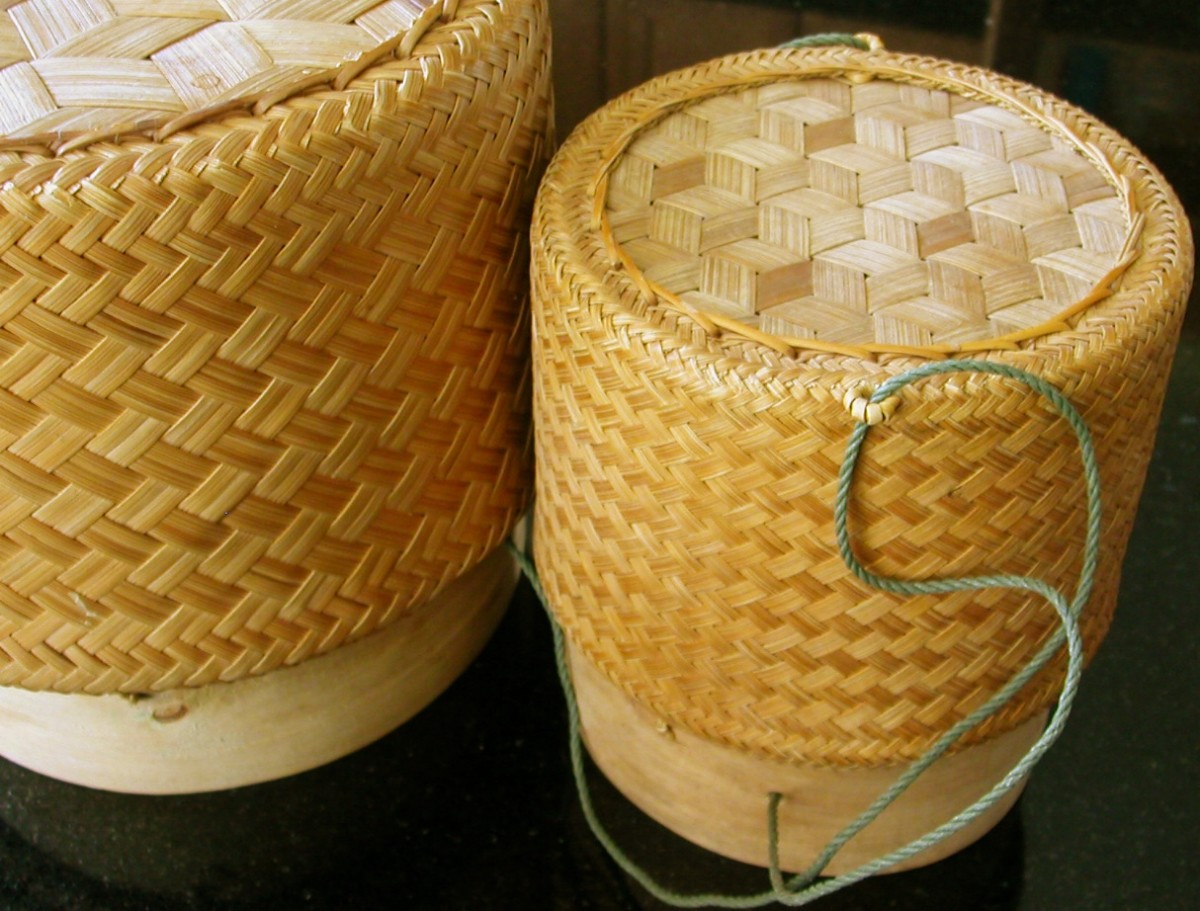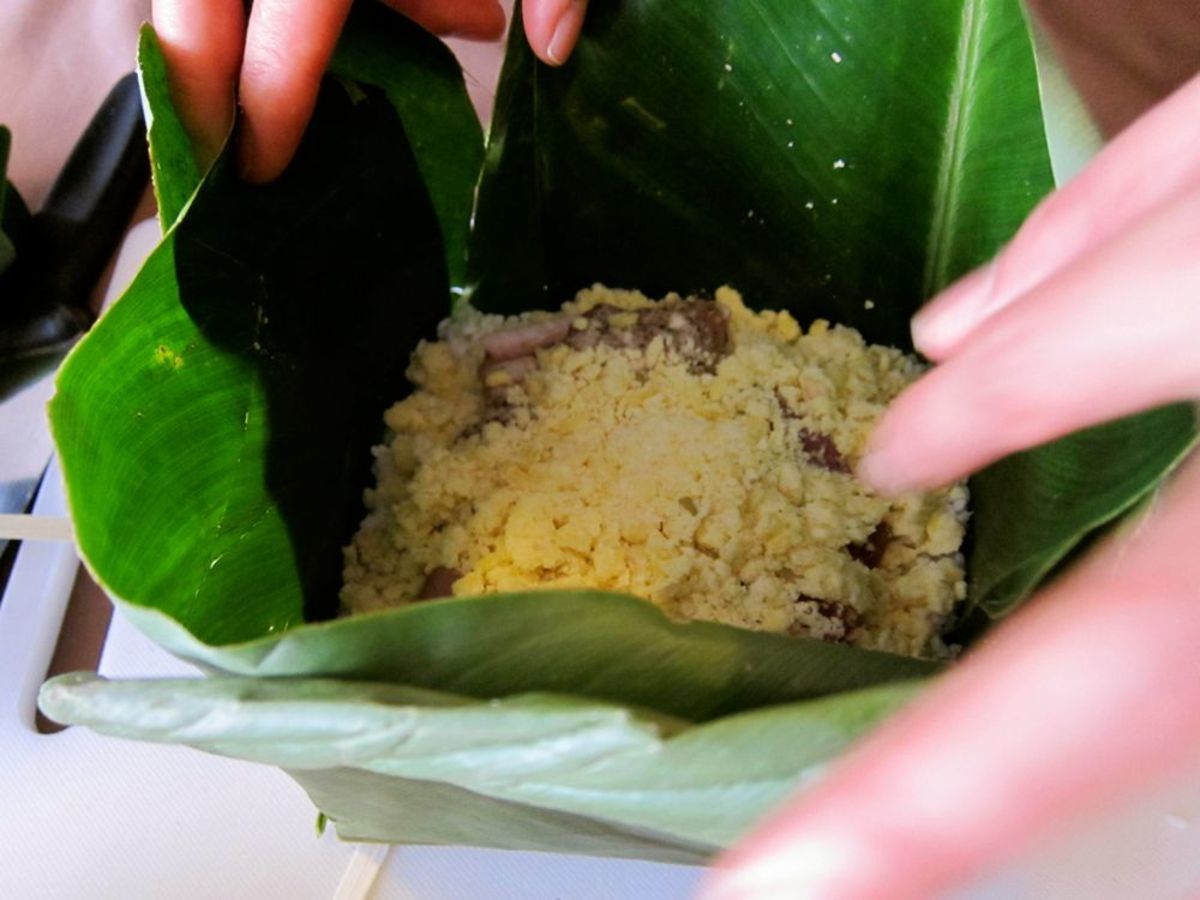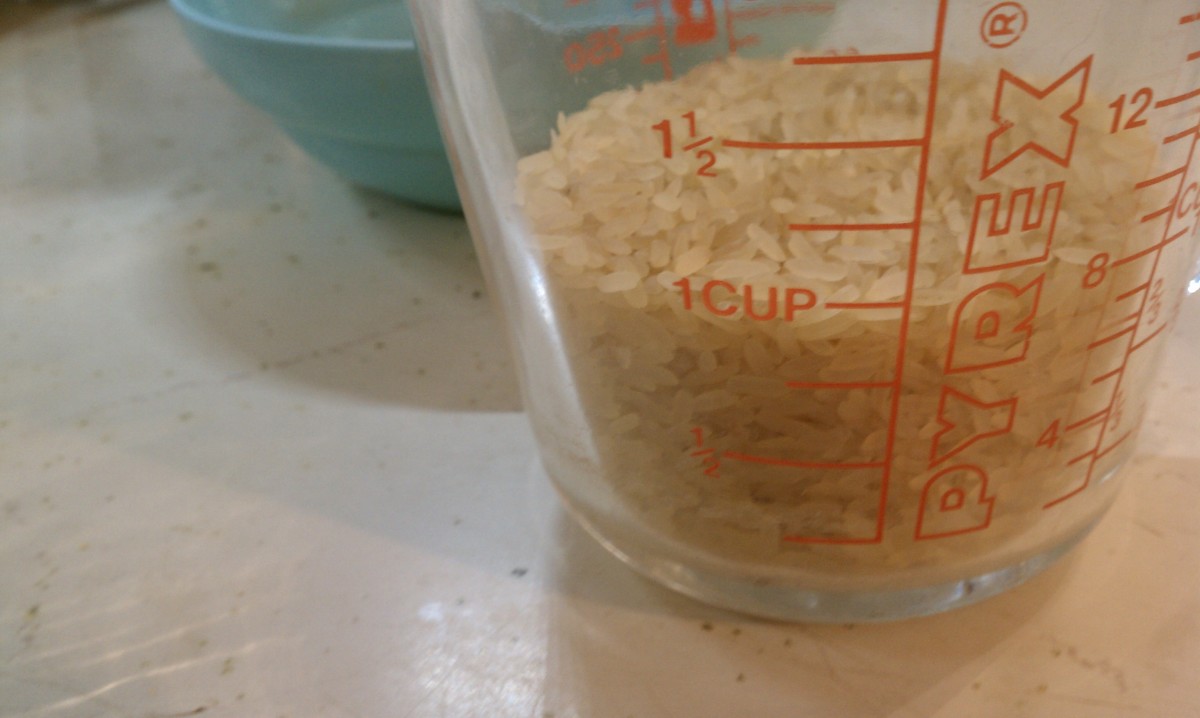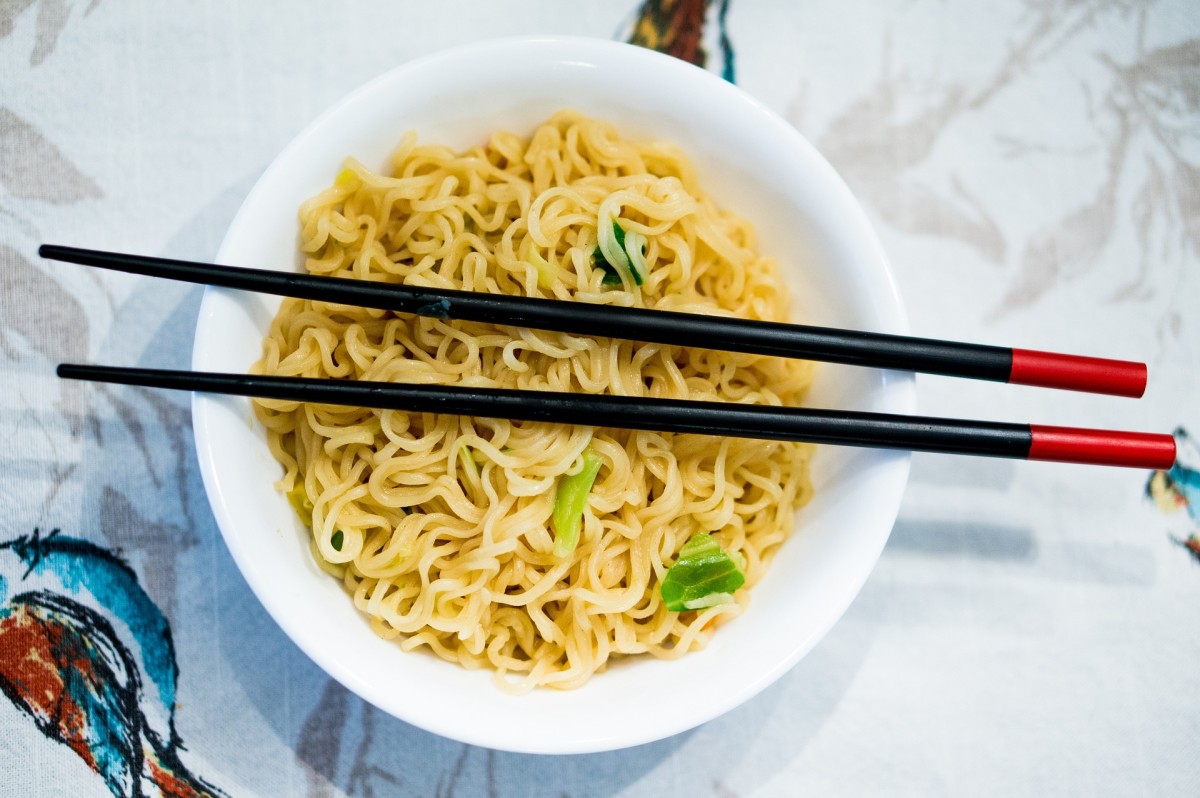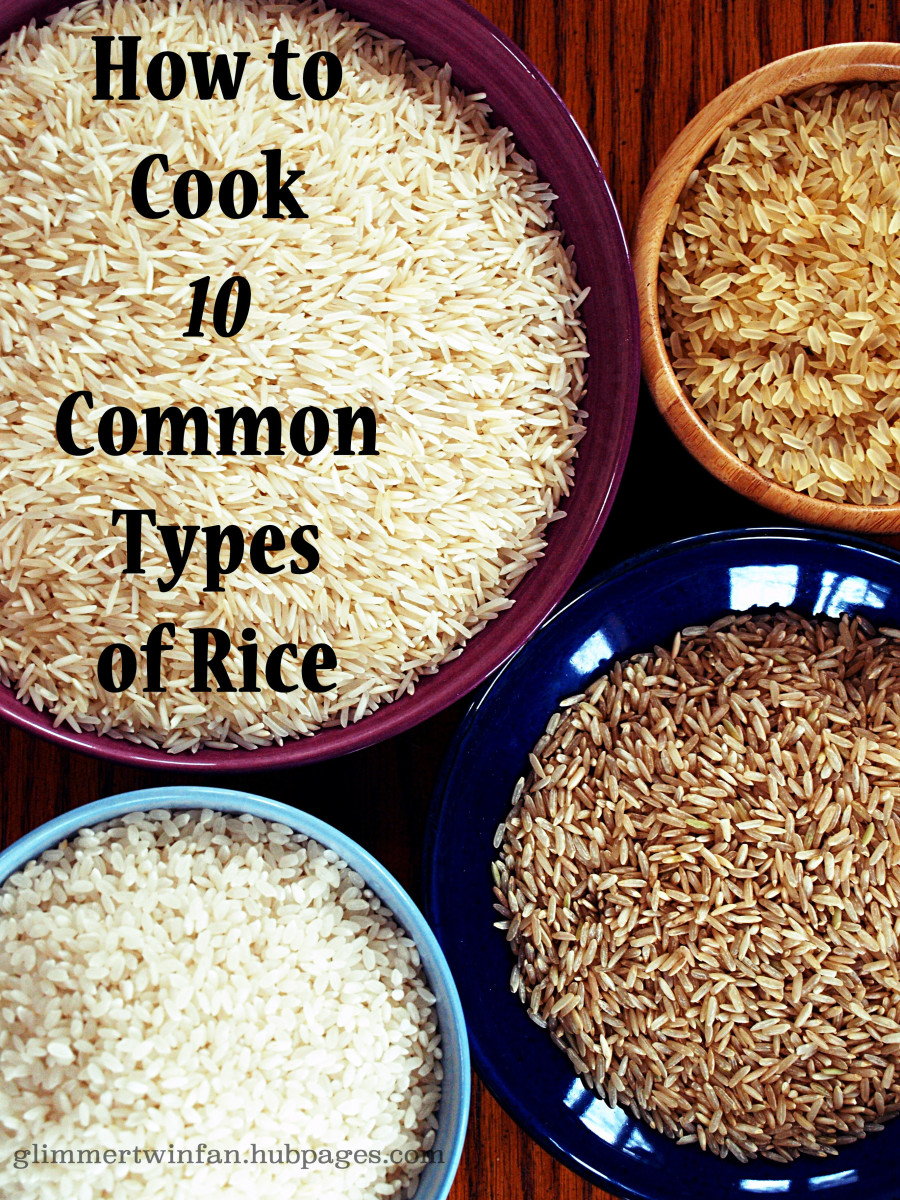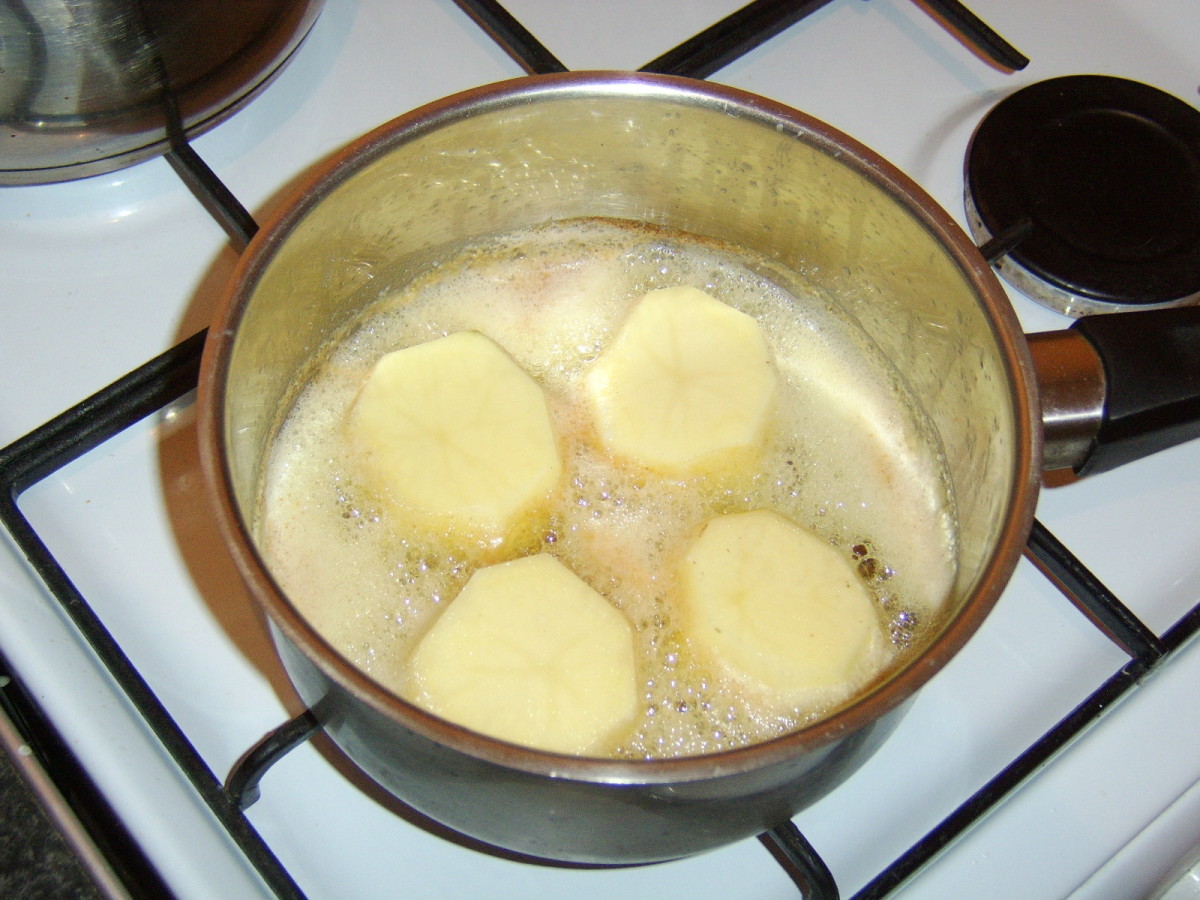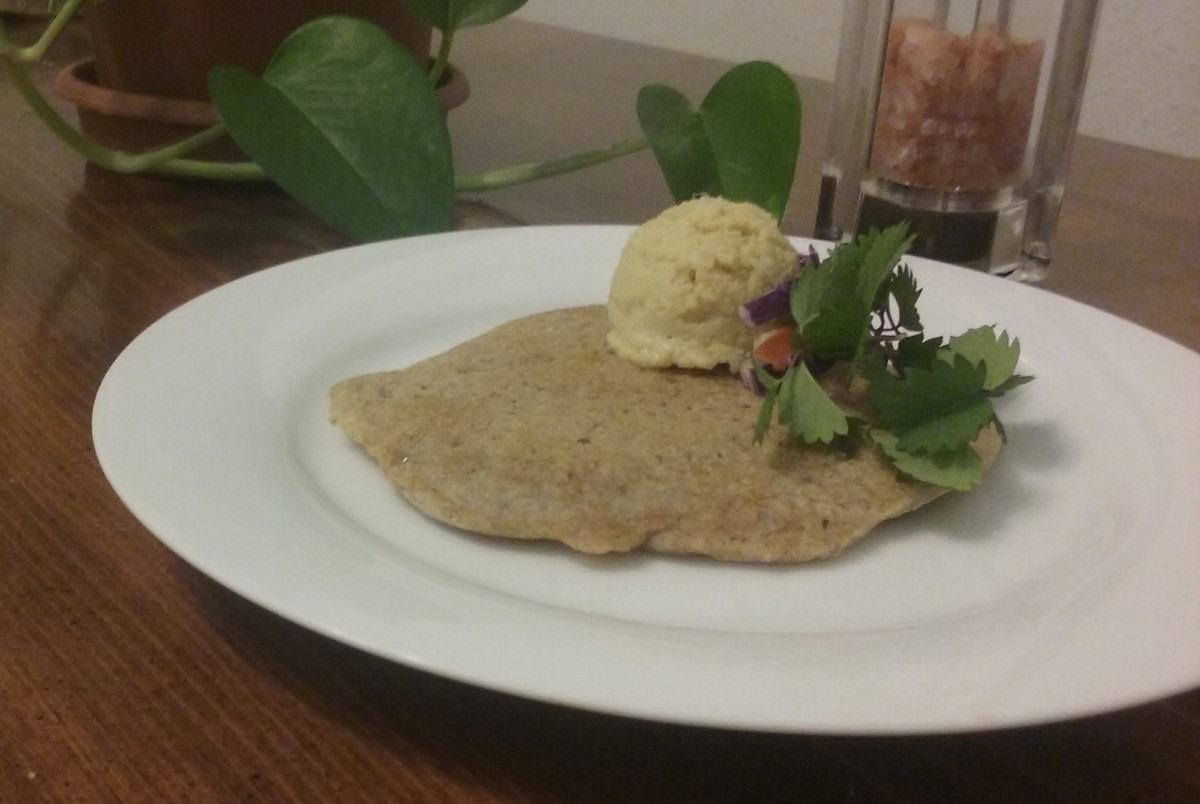A Guide to Asian Rice
A Guide To Asian Rice
Rice is the world's second largest food crop and is a main source of nourishment for over one half of the world's population. It is a cereal grain and one variant of the plant, Oryza sativa.
In preparing an Asian dish, the correct rice is absolutely essential. There are over 120,000 known varieties of rice, however those used in Asian cooking fall into 4 categories:
Basmati rice (see photo below), Jasmine rice, Japanese rice, and Glutinous rice, all which should be rinsed thoroughly before cooking.
Basmati Rice - The world's longest-grained rice is used in Indian and Pakistani cooking. It is grown in the foothills of the Himilayas. Some basmati-type rices are grown in the US. I buy high quality basmati rice in an Indian supermarket. It comes in burlap sacks weighing 10 pounds and up. It is worth it to pay extra for a good quality rice. You can also buy the rice in supermarkets and in healthfood stores but they come in small 1-2 lb. boxes and are much more expensive. Read the label as it may be an American imposter.
Jasmine Rice - A staple in most Thai meals. Jasmine rice is also used in Indonesian cooking, This rice is considered the finest rice. It is from the world's largest rice-exporting country, Thailand, and is often called Thai fragrant rice. The grains are long, slightly sticky, and softer than basmati. Jasmine rice is naturally aromatic.
Glutinous Rice - These grains are soft and sticky when cooked, thus the name glutinous. White glutinous rice is grown all over Asia. There is also Black glutinouse rice; when cooked it retains its husk and has a texture that is nutty.
Japanese Rice - If you purchase this rice just know that Japan does not export rice. What you will find here in the USA is a rice grown in California known as japonica. There are many varieties, all-short grained. It is used in sushi, and all Japanese recipes.
Tips:
As a rule of thumb just remember that cooked short grains are the most glutinous and sticky, long grains are separate and fluffy and the medium grains are somewhere in-between.
For Chinese and Japanese dishes, a short or medium grain rice is the best choice. For sushi however, it is best to look for a short grain specifically intended for sushi. I've made beautiful sushi rolls only to have then fall apart when I used any medium grain rice.
If you eat rice regularly, as I do, it is worth investing in a good rice cooker: this is the easiest way to prepare rice. You wash the rice, measure the rice and water, put it in the cooker and forget about it. You'll get perfect rice that will stay warm while you eat. So easy, even a teenager can do it!
Once you pick the rice you like, be sure to select the right type of seeds, nuts and fruits also used. See the link below:
Enjoy!
- Seeds, Nuts, and Fruits Used in Asian Cooking
Asian cuisine is becoming more and more popular in the US. If you are planning to try your hand at some of the dishes, be prepared to use the right seeds, nuts and fruits.
Basmati Rice
